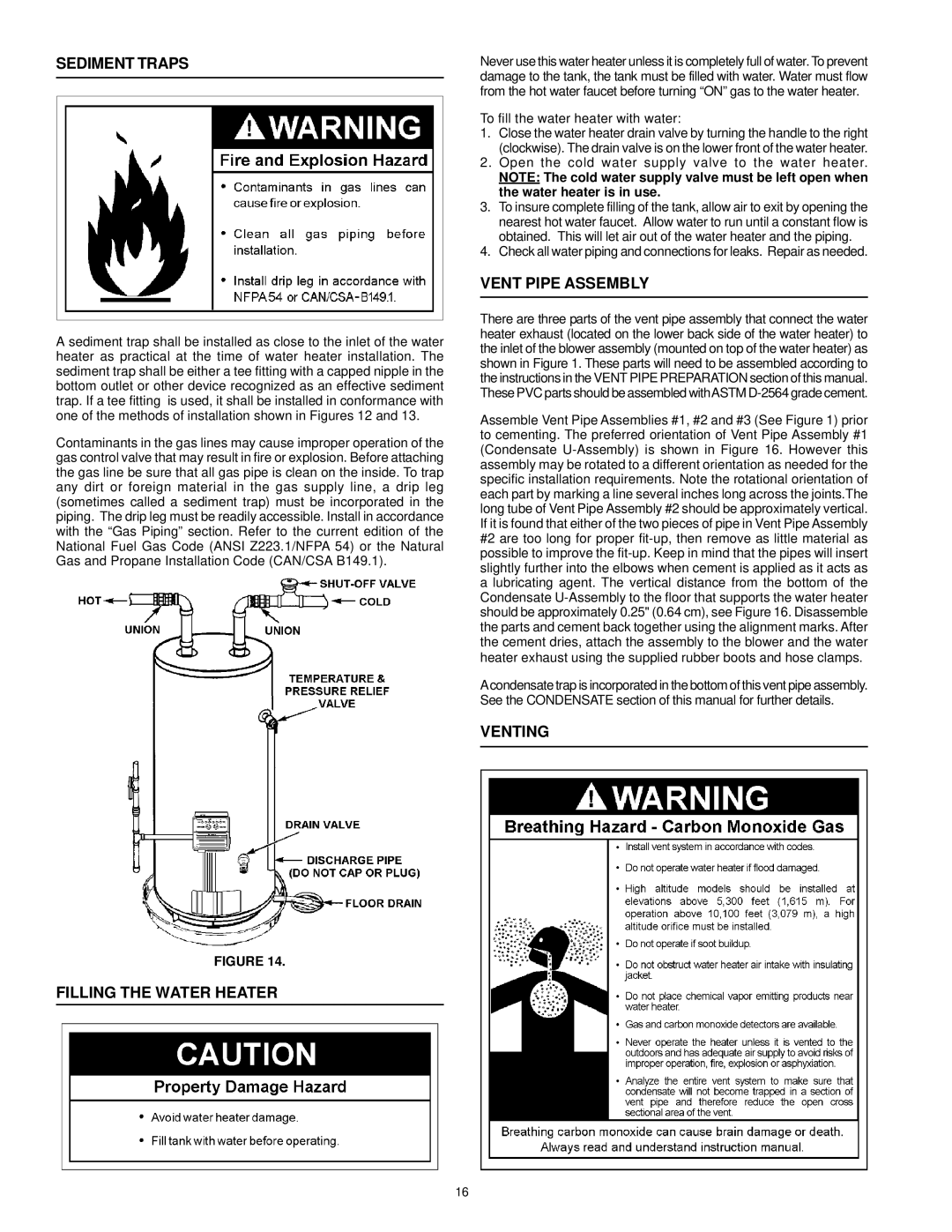W/HOT specifications
A.O. Smith, a leading manufacturer of water heating solutions, has made its mark in the industry with innovative products that combine efficiency, reliability, and advanced technology. Among its standout offerings is the A.O. Smith W/HOT series, designed to meet the diverse needs of residential and commercial customers.The W/HOT series showcases a variety of tankless water heaters characterized by their ability to provide endless hot water on demand. Unlike traditional tank water heaters, which can run out of hot water during heavy usage, the W/HOT series ensures a constant supply, making it an ideal choice for families and businesses with high hot water needs. This feature not only enhances convenience but also optimizes energy usage by eliminating the standby heat loss associated with storage tanks.
One of the key technologies integrated into the W/HOT series is the microprocessor control system. This intelligent technology allows the unit to monitor water usage patterns and adjust operation accordingly. By optimizing heating cycles based on actual demand, this feature helps improve energy efficiency, resulting in lower utility bills without compromising performance.
The W/HOT series also incorporates advanced heat exchanger technology, enabling rapid heating of water as it passes through the system. This means minimal wait time for hot water and reduced energy consumption, as the unit only heats water when it is needed. The heat exchangers are designed for durability and effective heat transfer, helping to extend the overall lifespan of the unit.
Safety is a top priority in the design of A.O. Smith water heaters. The W/HOT series is equipped with multiple safety features, including a built-in thermal shut-off switch and safety sensors that prevent overheating. Additionally, the units are designed to comply with industry standards and regulations, ensuring peace of mind for users.
Installation flexibility is another defining characteristic of the W/HOT series. These tankless water heaters can be installed in various locations, requiring minimal space compared to traditional units. Their compact design makes them suitable for tight spaces, such as closets or utility rooms.
Overall, the A.O. Smith W/HOT series represents a commitment to innovation and quality in water heating solutions. Its combination of tankless design, advanced technology, and safety features makes it an excellent choice for those seeking efficient and reliable hot water access. Whether for residential or commercial use, A.O. Smith continues to lead the way in delivering top-tier water heating solutions that meet the evolving needs of consumers.

